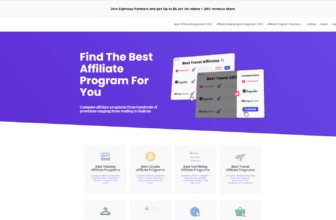
Affiliate Marketing With Google Ads Top Tips 2024 | The Affiliate Monkey | The Affiliate Monkey
Affiliate Marketing With Google Ads Top Tips 2024

Google Ads can be an excellent tool for driving quality traffic to your affiliate website. It allows you to direct precise audiences actively searching for what you are offering to the right place.
However, finding the right balance when it comes to the amount you will spend on ads to promote affiliates and the revenue you get when promoting affiliate programs through Google Ads can be tricky.
Many affiliate marketers approach Google Ads thinking they have solved all their problems, only to be disappointed. However, there are some tips you can use to increase your chances of succeeding with Google Ads.
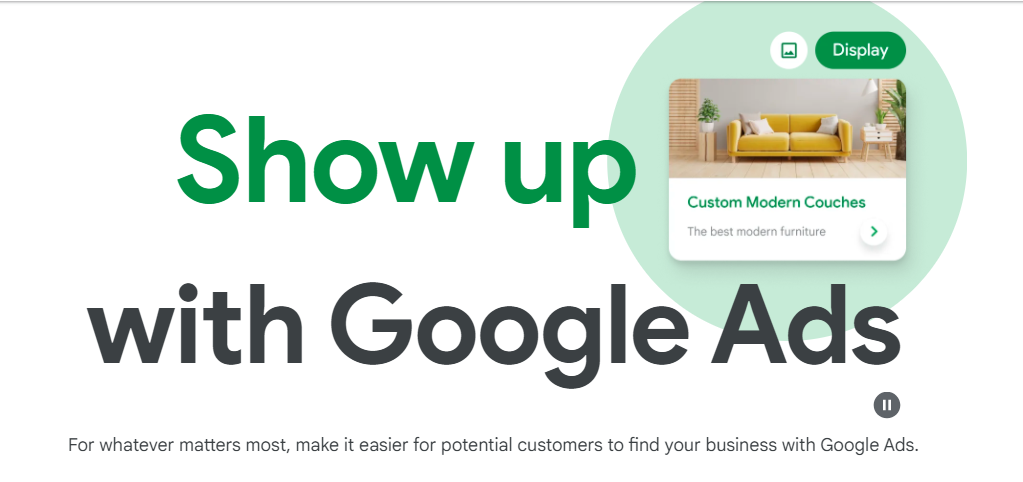
4 Top Tips For Getting Better Results With Google Ads
Google Ads campaigns allow you to find your prospective clients while they’re in search of what you’re selling or offering. When sponsoring an affiliate link through Google Ads, accumulating profits requires proper optimisation and tracking, as well as exceptional bid management.
Here, you will learn strategies to help you accomplish this, even within the most competitive of niches.
Monitor Your Affiliate Links
It’s always advisable to track everything through the likes of Google Analytics, more so when using paid ads to drive traffic. Leaving your campaign up to fate is a recipe for guaranteed failure.
Nevertheless, you need to be cautious with how you track and communicate your affiliate products.
Crucially, this involves considering the type of links you include on your page.
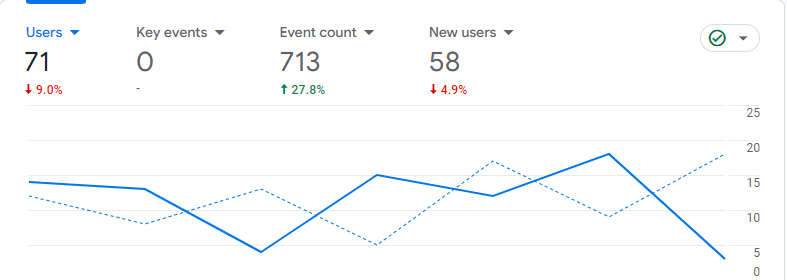
Links To Avoid
Careless use of links can cause more headaches than necessary and even negatively affect the results of your Google Ads campaign.
First, you’ll want to stay away from smart redirects. Be sure to avoid using devious software or scripts that can “cloak” your links. Google will suspend your Ads account if you use affiliate links with redirects or affiliate smart links.
So, how will you track affiliate campaigns without using the normal tracking tools?
Luckily, marketers have a number of effective tactics and tools available to them.
Monitoring Your Affiliate Marketing Campaign
You can use Google’s UTM tags to track your campaigns without links that use redirects.
By clicking these direct affiliate deep links, they will send users to the right page without passing through domain redirects or additional loops.
Usually, when it comes to internal tracking, the affiliate links have a group of additional domain redirects. Send the visitors straight to the product landing pages using a direct affiliate link.
The process should be simple yet doesn’t modify links in any way.
Any reputable affiliate platform will have no issue giving you a direct link to the page of the affiliate product in a way that will conform with Google Ads’ direct link terms.
Choose the Right Affiliate Products

As already mentioned, when choosing products and services that you can promote, you should aim to establish affiliate partnerships with respectable companies that have been around for a while.
You want to create ads with big companies and brands that are high quality and aren’t likely to disappear or get involved in shady dealings.
Choose the services and products that enhance people’s lives to help ensure a successful campaign and promote affiliate links that better reach your potential customers.
Understanding Your Options
Think outside of affiliate networks by checking the brand itself.
Step away from regular affiliate networks and try to join normal networks. For instance, you can get better product collections with better customer services on Amazon Associate than on many of the other affiliate networks marketers tend to use.
Familiarise Yourself with Google Ads Policies

Check out Google Ads policies, landing page experience, and webmaster guidelines and read all their rules. Make sure you understand the rules of the products you are promoting and any critical stipulations regarding paid advertising.
That way, you are sure not to break the rules, as some products and services don’t allow affiliates to take part in paid search traffic.
Promoting Affiliate Products By The Rules
Note that all ad networks have rules you need to know. Some are stricter such as Microsoft advertising Facebook Ads, while others are more lenient, like push ad networks.
You don’t want them to suspend your account, therefore you should always take the time to read the guidelines and terms before you start promoting them.
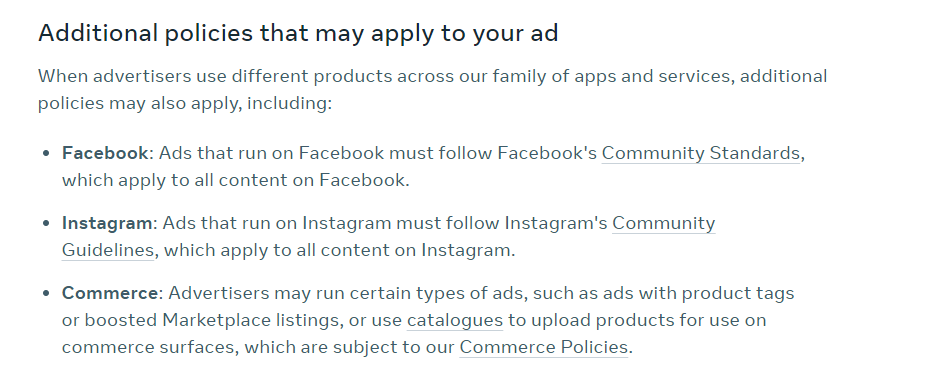
Never Write Misleading Statements
Don’t use misleading statements when creating your Google ads and even on your landing page, regardless of whether or not you believe it would drive traffic.
Advertising in this manner crosses both ethical boundaries and Googles rules for advertising.
Examples of Misleading Statements In Google Ads Campaigns
These kinds of statements can take many forms, but among the most popular are the usual ”too good to be true” clickbait. Chances are you know the type.
For instance, paid ads such as “lose 50 pounds in 10 days”, or ”learn how you can become a billionaire in two weeks” will lead to Google suspending your Google Ads account. For one, you are lying to your clients; secondly, the product can’t deliver what you are implying.
Fabricating such lies to get sales, leads, or clicks isn’t an effective or even worthwhile method of affiliate marketing in general, nor is it a solid strategy when it comes to Google Ads.
The Dangers of Misleading Ads
Clients who decide to purchase the products will not be happy with them and will ask for a refund. The company or the affiliate network will reimburse them and charge your account for the refund.
As a result, they will ban you from the affiliate network and disqualify you from promoting them. This will damage not only your customer relationships, but your overall reputation.
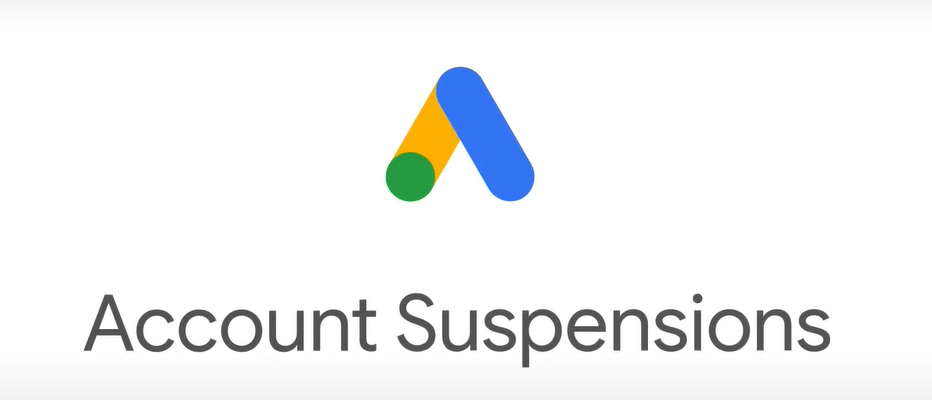
Besides, if the product you want to promote doesn’t have a high refund rate, it’s a warning sign, and you shouldn’t be involved with it. You can easily know how the product is doing since most affiliate networks use metrics such as EPC value for other affiliates and network performance or by showing refund rates directly.
Challenges You Might Face Using Google Ads
Affiliate Earnings And Profitability
As an affiliate marketer, perhaps the most major challenge you can face is building a profitable affiliate business with Google Ads. You must find a balance between the cost you pay per click for promoting affiliate offers and the commission you will earn.
Every bit of spending you make must bring some profit.
The probability is that your most significant competitors could be the actual owners of the products you are promoting. They likely have a bigger spending budget due to their huge profit margin. Thus, for a higher possible return, it’s crucial to accurately track, manage, and plan your ad spend.

Promoting Google Ads
In addition, as mentioned above, some affiliate programs prohibit their marketers from using context advertising. Before implementing the above advice, ensure your brand permits Google Ads promotion.
Usually, most brands prohibit only the use of brand keywords. Hence, you can use related keywords for the service, products, or exact needs of your target market (this requires you to understand your audience’s needs first).
Such transitional searches will definitely reward your efforts.
Spending Money
One final thing to watch out for when selecting keywords is to “look at your competition”.
What you don’t want to be doing is competing toe to toe with among the largest brands and their unlimited ad budgets. Instead, your strategy should be to play it smart.
Picking Your Targeted Keywords Carefully
One way to distinguish yourself from the competition is by targeting different keywords related to your affiliates. By picking the correct keywords you can generate traffic that large brands have missed out on and run your affiliate program on the back of these.
Advanced Keyword Research Techniques
Keyword research is the backbone of any successful Google Ads campaign.
Well thought out keywords are critical in allowing you to drive traffic from your paid ads, make the most out of your affiliate relationships, and generally boost any Google ad.
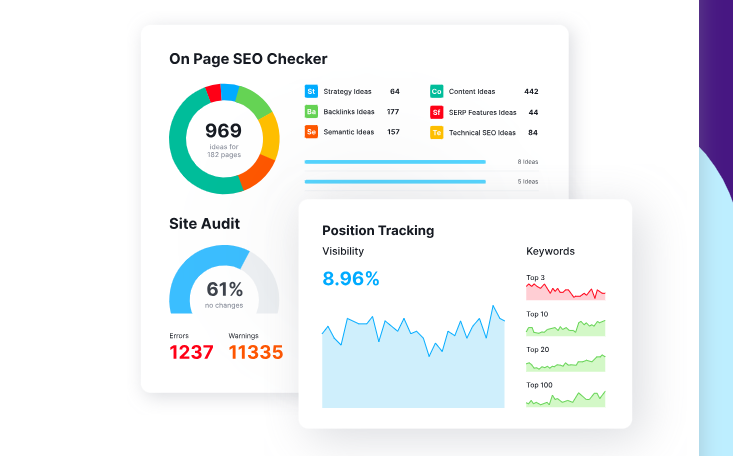
Elevating Your Keyword Research
Beyond the basic use of tools like Google Keyword Planner, consider leveraging competitive intelligence tools such as SEMrush or Ahrefs to uncover the keywords your competitors are targeting.
This can provide insights into less saturated niches or highlight opportunities for targeting high-intent keywords that may have been overlooked.
Furthermore, utilising long-tail keywords can significantly reduce competition and cost-per-click (CPC) while targeting users further down the purchase and sales funnel.
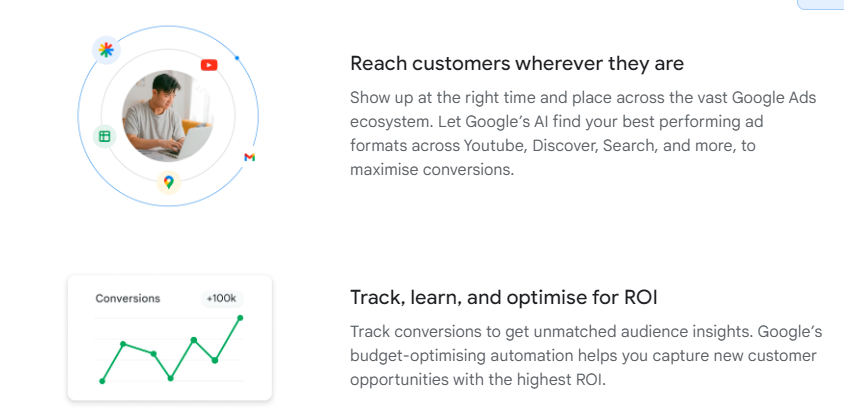
Remarketing Lists for Search Ads (RLSA) allow you to customise your search ad campaigns to target people who have previously visited your site, and tailor your bids and ads to these visitors when they’re searching on Google and its partner sites.
This strategy is particularly effective in affiliate marketing as it targets users who have shown interest in the products you promote but have not yet converted, significantly increasing the likelihood of conversion.
Mastering Ad Extensions
Ad extensions are a powerful feature in Google Ads that provide additional information and encourage users to interact with your ad. Utilizing sitelink, callout, and structured snippet extensions can improve your ad’s visibility and click-through rate (CTR).
For affiliate marketers, for example, highlighting special offers, promotions, or unique selling points of the products you’re promoting through ad extensions can make your ads more compelling.
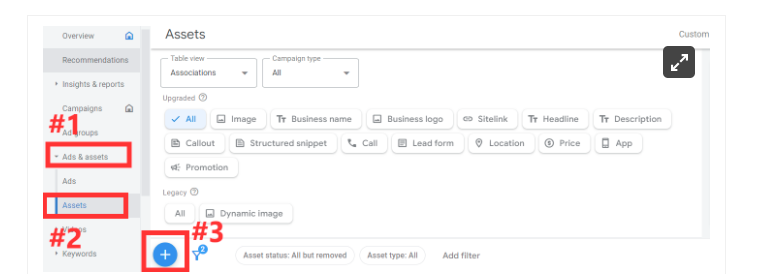
Crafting Compelling Ad Copy
It might go without saying, but your ad copy is the first point of contact with your potential customers. When it comes to affiliate marketing, good copy goes beyond tying a few flowery words together.
Knowing what to look out for when writing a Google ad can be the difference between generating tonnes of organic traffic or getting lost in a sea better promotions.
What To Look Out For
Crafting ad copy that is not only aligned with the search intent but also highlights the unique benefits and features of the affiliate products you’re promoting is crucial.
A/B testing different post headlines and descriptions can help you identify the most effective messages that drive clicks and conversions.
Optimising Landing Pages
The effectiveness of your Google Ads doesn’t just depend on the ad itself but also on where you’re directing the traffic. Optimising landing pages to provide a seamless and relevant user experience is of the utmost importance in any campaign.
What Makes A Good Landing Pages?
While the details of one good landing page will differ from another, there are a few staples to look out for.
Ensure that your landing pages are aligned with your ad’s message, load quickly, and are optimised for mobile. Including reviews, testimonials, and clear calls-to-action (CTAs) can significantly improve both conversion rates and potential customers.
Other important factors include overall clarity, engaging visuals, visibility, and simplicity.
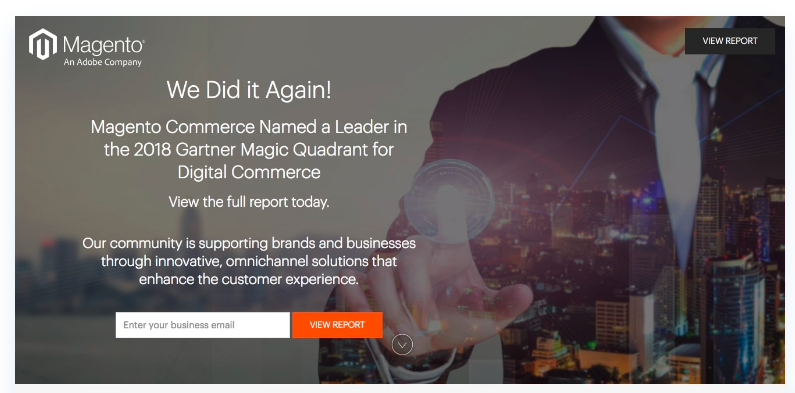
Exploring Google Ads’ Smart Bidding Strategies
Google Ads’ smart bidding strategies use machine learning to optimise your bids for conversions or conversion value. Strategies like Target CPA (Cost Per Acquisition) and Target ROAS (Return On Ad Spend) can automate bid adjustments based on the likelihood of conversion, helping you maximise your ROI.
For affiliate marketers, leveraging these strategies can reduce the manual effort of bid management while improving campaign performance.
Staying Informed on Google Ads Innovations
Google continually updates its Ads platform with new features, tools, and policies.
Staying informed about these changes and adapting your strategies accordingly is essential for maintaining a competitive edge. Joining Google Ads newsletters, attending webinars, and participating in digital marketing forums can keep you updated on the latest developments.
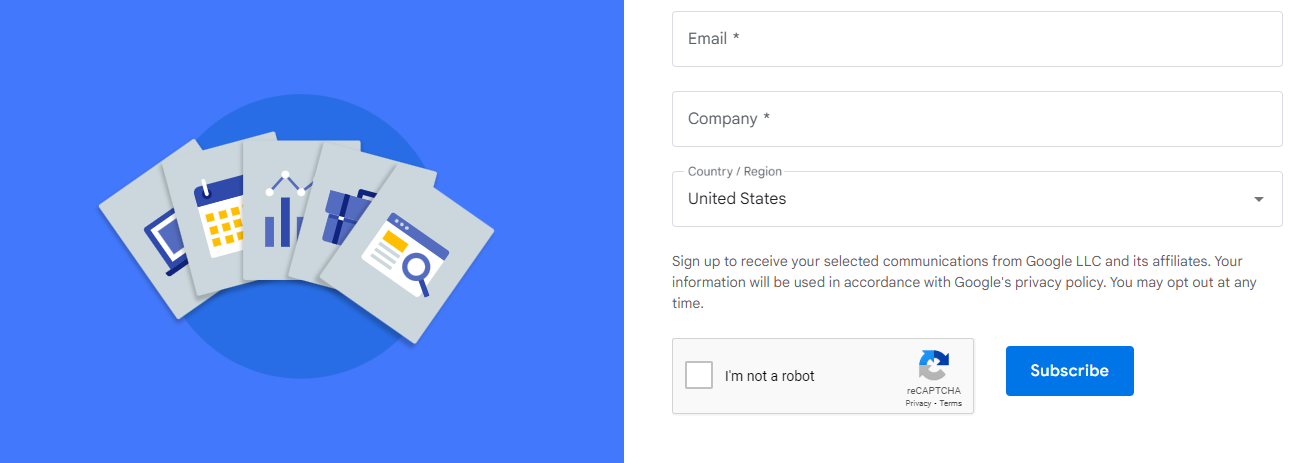
Building Trust Through Transparency
Transparency regarding the nature of affiliate links and ensuring compliance with Google Ads policies on disclosures is vital for building trust with your audience.
This not only aligns with ethical marketing practices but also adheres to regulatory requirements, safeguarding your campaigns and websites against potential penalties.
Analysing and Refining Campaigns Continuously
The key to success with Google Ads in affiliate marketing lies in continuous analysis and refinement. There are a number of tried-and-true tools and indicators that successful marketers use to stay on top of any affiliate program’s performance.
Tracking Your Campaign’s Traffic
This is arguably the best process to promote affiliate links successfully. Consistency is key here.
Regularly review your campaign performance, including metrics like click-through rate, conversion rate, and cost per conversion. Utilise Google Analytics in conjunction with Google Ads to gain deeper insights into user behaviour and campaign effectiveness.
This data-driven approach allows for ongoing optimisation of campaigns for better results.
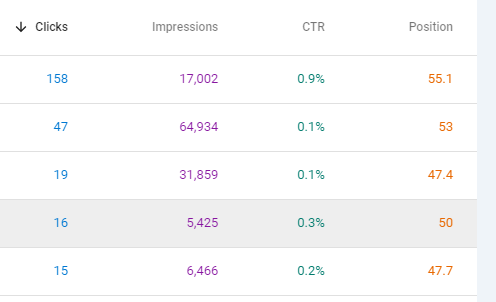
In conclusion, leveraging Google Ads for affiliate marketing in 2024 requires a sophisticated approach that goes beyond the basics.
By employing advanced strategies, focusing on continuous optimisation, and staying abreast of the latest Google Ads features and best practices, affiliate marketers can significantly improve their chances of success.
With the right tactics, Google Ads can be an extremely effective channel for driving targeted traffic and achieving a positive return on investment in your affiliate marketing endeavours.
Harnessing the Power of Adaptation and Ethics in Google Ads for Affiliate Marketing
Embracing the full spectrum of Google Ads for affiliate marketing necessitates a blend of creativity, analytical prowess, and a proactive stance towards emerging trends.
Personalisation and user experience have become paramount.
Tailoring the content of your ads and landing pages to meet the specific needs and interests of your target audience can markedly enhance engagement and conversion rates. Leveraging data analytics to understand user behaviour and preferences allows for more targeted and effective campaigns.
Moreover, the importance of ethical marketing practices cannot be overstated.
Ensuring transparency around affiliate links and adhering to Google Ads policies fosters trust and credibility with your audience. This ethical approach not only aligns with regulatory standards but also enhances brand reputation and customer loyalty over the course of time.
Finally, the agility to adapt to the dynamic digital marketing landscape is vital.
As consumer behaviours and technological capabilities evolve, so too should your Google Ads strategies. Staying informed about the latest tools, features, and best practices in Google Ads will enable you to continuously refine and optimise your affiliate marketing campaigns, ensuring they remain effective and competitive in the ever-changing digital environment.
Conclusion
Affiliate marketing with Google Ads is the best marketing method for promoting and advertising your affiliate business to the right people. Regardless of your budget size, you will likely generate more money and a positive RIO (return on investment) than other techniques.
All you need to do is play by the rules of Google Ads policy and remain adaptable in your strategy.
- A Full Guide to The Adidas Affiliate Program - 23 July 2024
- Louis Vuitton Affiliate Program Alternatives: 8 High-End Fashion Affiliate Programs - 16 July 2024
- Discover the Power of MioMedia’s Affiliate Program - 16 July 2024






